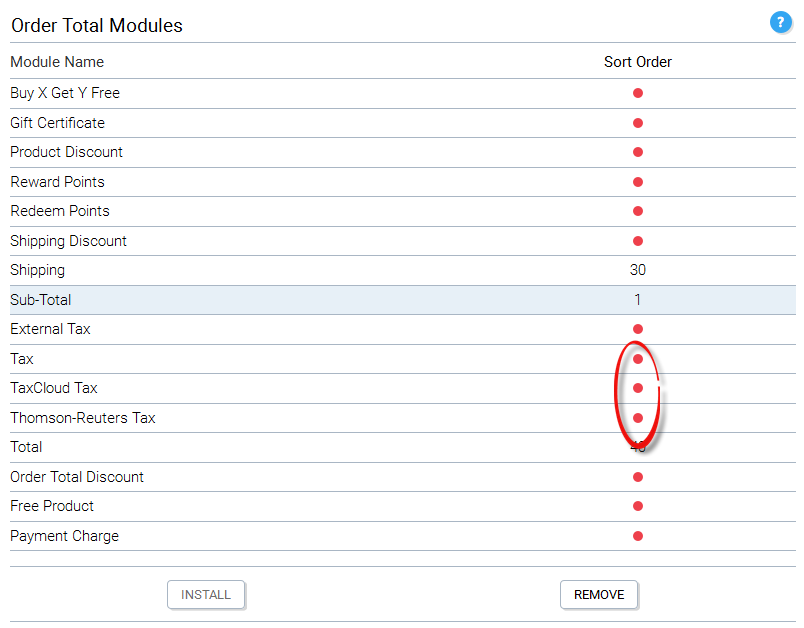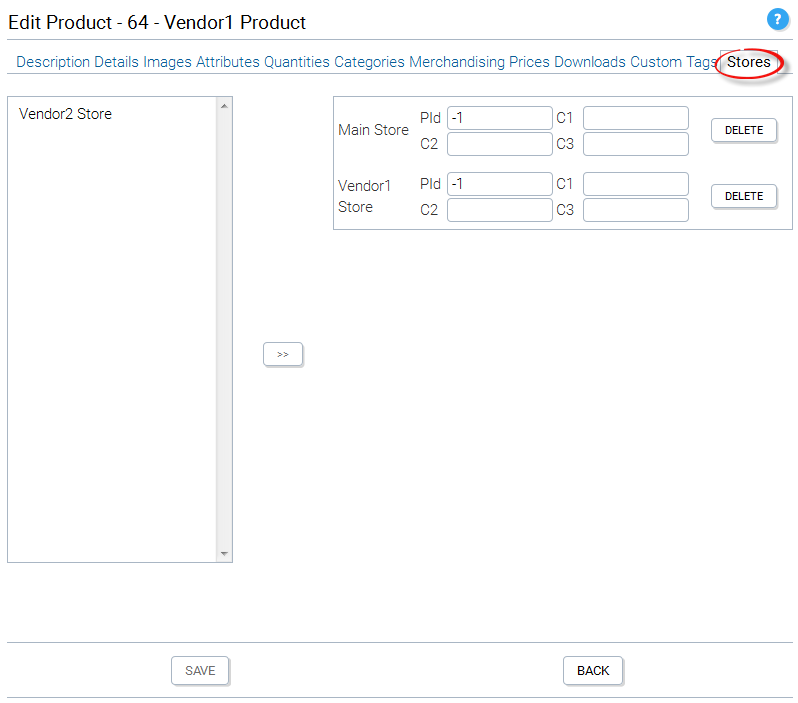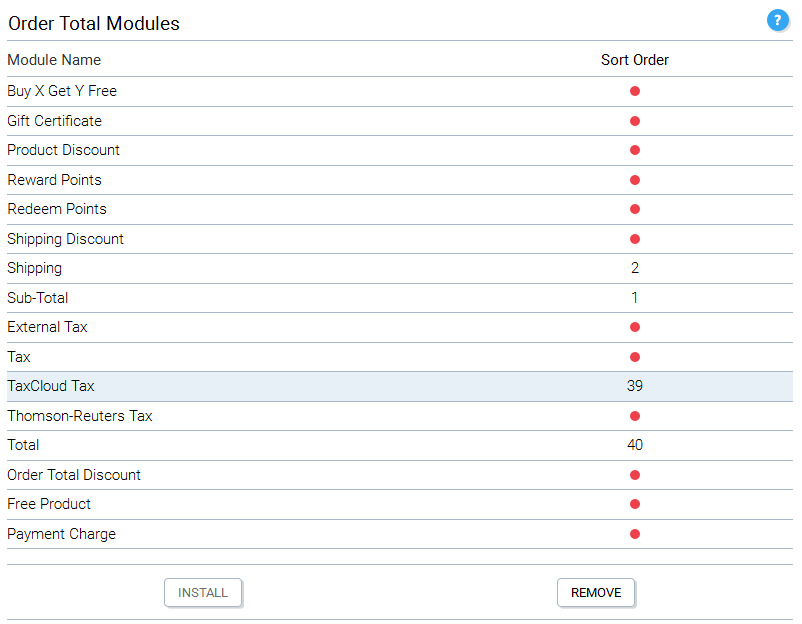Table of Contents
KonaKart allows vendors to manage their own products and orders through the Admin App. The storefront application displays products from all vendors and allows the customer to checkout with any selection of products in a single order.
During the checkout process the products are grouped by vendor and the customer may select the appropriate shipping method for each vendor store from a list of those made available. Once the order has been confirmed by the customer, it is automatically split up so that each vendor receives an order for his own products. As the products are shipped by the vendor, the status of the vendor order (and maybe tracking number) is propagated to the parent order so that the customer only ever sees a single order with a history trail of events that occur during the lifecycle of the order.
Multi-vendor mode is only valid when running KonaKart in multi-store shared products and shared customer mode. It may be enabled through a configuration variable under Configuration >> Store Configuration.
Each vendor is allocated a KonaKart virtual store where products may be inserted and edited and each store may use different shipping modules which are selected from the modules available within the KonaKart system.
The storefront application uses the parent store or main store which is managed by an administrator. Typically the main store doesn't actually have any products of its own but it shares the products of the vendor stores.
A main store is managed by the administrator and has the following properties:
It has no products. All products are shared with the vendor stores.
It must have one or more payment modules defined since the payment process takes place on the main store.
It has no shipping modules. All shipping is performed by the vendor stores.
It shouldn't have a Tax Order Total module since this is created by the system as a sum of the individual vendor store tax amounts.
It should have a Shipping Order Total module which will contain the sum of the individual shipping amounts from the vendor orders.

Main Store Order Total Modules (No Tax modules installed)
A vendor store is managed by the vendor and has the following properties:
It contains the products sold by the vendor. These products are shared with the main store.
It has no payment modules. Payment is through the main store.
It must have one or more shipping modules defined.
It has the standard Order Total modules including Tax and Shipping.

Share vendor products with the Main Store

Typical Vendor Store Order Total Modules